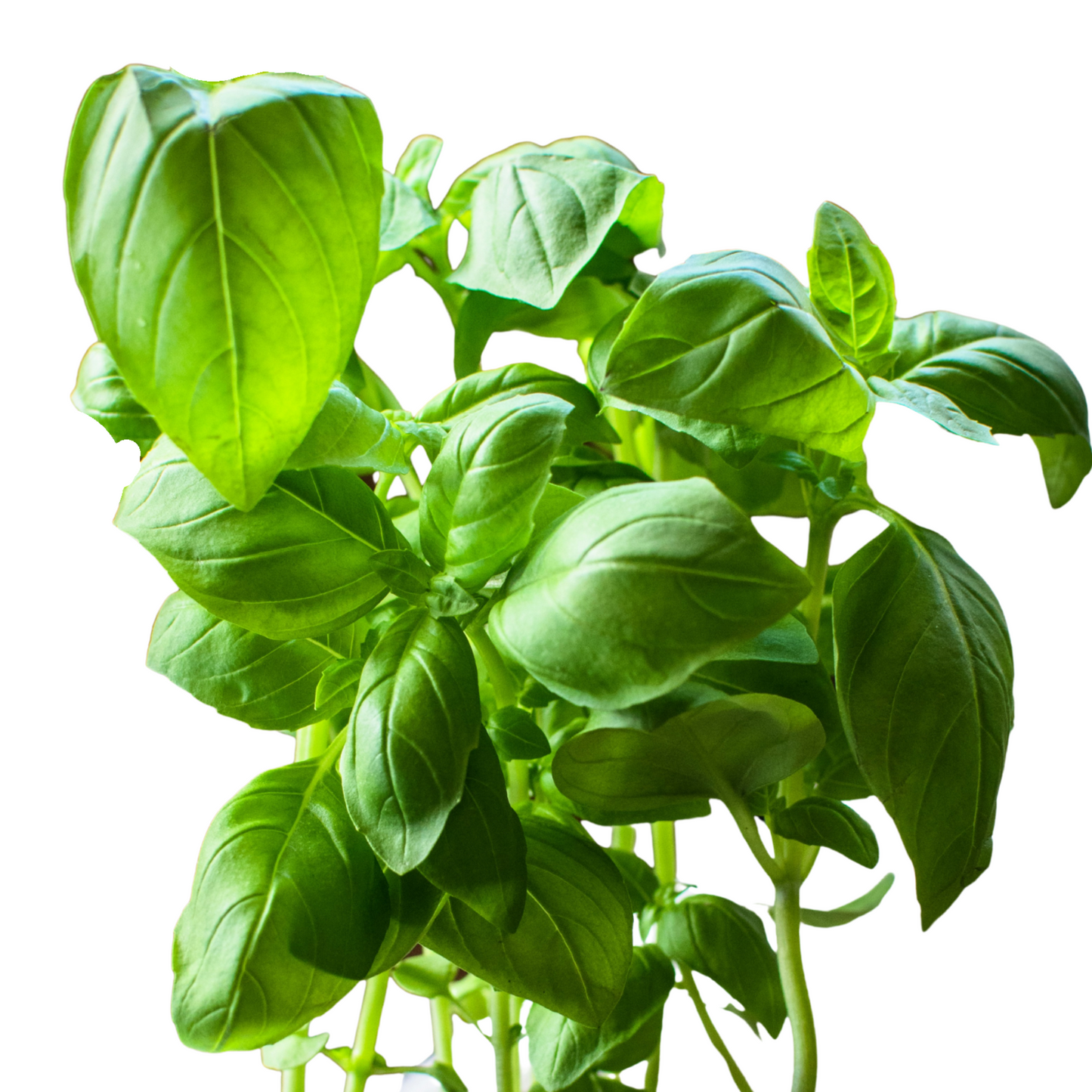JONQUIL
Basil Eleonora - 50 seeds
Basil Eleonora - 50 seeds
Couldn't load pickup availability
The Eleonora basil variety, is indeed known for its downy mildew resistance. This characteristic makes it a great choice for gardeners looking to cultivate basil without the worry of this common fungal disease. The plant's growth habit, reaching 60 cm tall, along with its flavorful, aromatic leaves, makes it perfect for culinary uses. The narrow, flattened leaves give it a unique appearance compared to other Genovese types, adding an interesting visual element to gardens. It's versatile in the kitchen, whether used fresh in dishes like pesto or dried for later use.
Growing basil can be a rewarding experience, as it is a flavorful herb that enhances many dishes. Here’s a guide to help you grow basil successfully:
1. Choosing the Right Variety
- There are many basil varieties, including Genovese, Thai, lemon, and the mildew-resistant Eleonora. Choose one based on your culinary needs and growing conditions.
2. Ideal Growing Conditions
- Sunlight: Basil thrives in full sun, requiring at least 6-8 hours of direct sunlight per day.
- Soil: Well-draining soil with a pH of 6.0 to 7.0 is best. You can enhance your soil with organic matter or compost to improve drainage and nutrients.
- Temperature: Basil prefers warm temperatures, ideally between 21°C - 29°C. Protect it from frost.
3. Planting
- Seeds: Start seeds indoors 6-8 weeks before the last frost or sow them directly in the garden after the frost risk has passed.
- Transplants: If using nursery plants, transplant them into the garden or pots when they are about 12 cm tall.
- Spacing: Space plants 40 cm apart to allow for adequate air circulation.
4. Watering
- Basil likes consistent moisture but doesn’t tolerate waterlogged soil. Water deeply but allow the top inch of soil to dry out between watering.
5. Fertilizing
- Fertilize every 4-6 weeks with a balanced, all-purpose fertilizer or organic options like compost tea or fish emulsion.
6. Pruning and Harvesting
- Pruning: Regularly pinch off the tops of the plants to encourage bushier growth and prevent flowering. Once flowers start to form, they can make the leaves taste bitter.
- Harvesting: Harvest leaves as needed, ideally in the morning when the essential oils are at their peak. You can take a few leaves at a time or cut whole stems.
7. Pest and Disease Management
- Watch for pests like aphids, spider mites, and whiteflies. You can use insecticidal soap or neem oil for treatment.
- To prevent downy mildew, ensure good air circulation, avoid overhead watering, and choose resistant varieties like Eleonora.
8. Storing
- Fresh basil can be stored in a glass of water in the fridge for up to a week. For longer storage, consider drying or freezing the leaves.
With the right care, basil can be a prolific producer in your garden, offering fresh herbs for your culinary adventures throughout the growing season! If you have any specific questions or need more detailed advice, feel free to ask.
Share


